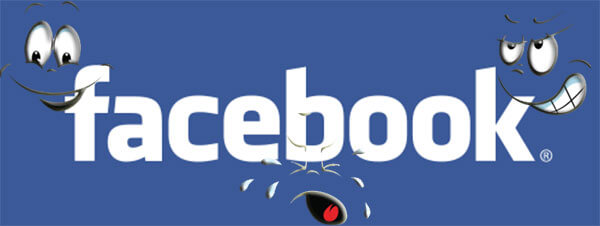The 3 Faces of Social Media The Good The Bad The Ugly
It’s hard to believe that just 10 years ago Facebook and Twitter didn’t even exist. Kids today equate a world without social media to living in the Stone Age, probably in the same way that people of an earlier generation couldn’t imagine life without television.
Despite its phenomenal growth, social media is still a relative newcomer when compared to many other communication channels, and requires a certain amount of patient trial and error tinkering to achieve optimal results. Social media practices have a combination of good, bad and ugly characteristics that business owners should be aware of before they plunge too deeply into social media marketing.
Just remember that a tactic that may work well for one particular audience may fail miserably with another.
White Hat Social Media Practices
Remember that unique and relevant content is the undisputed King of social media just as it is with search engine optimization. You can get an idea of the quality of your content by asking yourself
- Is my post well-constructed and based on solid, up-to-date information?
- Are my videos and graphics of the highest quality possible?
- If I’m educating my audience, am I sure that this is something that they really care about learning?
- Is my post providing something of value to my audience?
- Have I made my post content easy for my audience to share with others?
Consistently monitor your social media channels.
- Engage in one-on-one conversations with your audience whenever possible.
- Respond to any negative comments as quickly and professionally as you can. Your audience doesn’t expect you to be perfect, but they do expect you to face problem situations head-on, and to treat even your detractors with dignity and respect.
Present a consistent brand image across all of your social media channels. Your various profiles, avatars, and bio information don’t need to be identical, but they should be similar enough to provide a uniform impression of your brand.
Your posts should be adapted to fit the characteristics and requirements of each of your social media channels. For example:
- Facebook posts provide more real estate to provide detailed and engaging content.
- Twitter shares are all about brevity; keep your tweets short and to the point.
- Instagram is the channel to showcase your best graphics, which means that you need to focus on telling your story in the fewest possible words.
Black Hat Social Media Practices
- Buying friends and followers in an attempt to make your business appear to be more popular than it really is. This can easily backfire on you once people start to notice that none of your content is being shared or retweeted by your faithful legion of fans.
- Posting unsolicited spammy sales pitches to your friends and followers.
- Using clickbait headlines to trick your audience into clicking on your post.
Grey Hat Social Media Practices
These are the tactics that may or may not be acceptable depending on your particular audience. Grey hat social media practitioners generally follow white hat practices, but are willing to bend the rules to get what they want whenever they think no one is looking.










